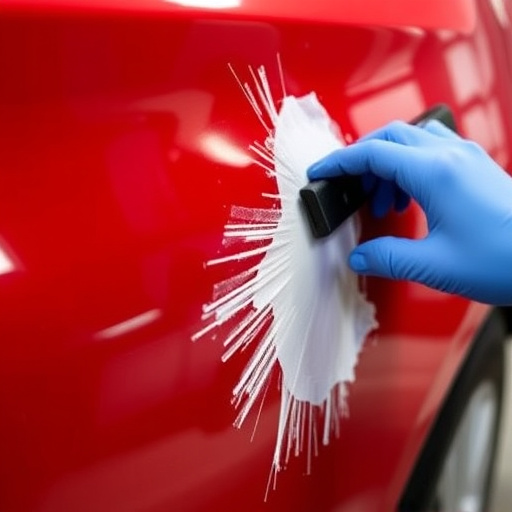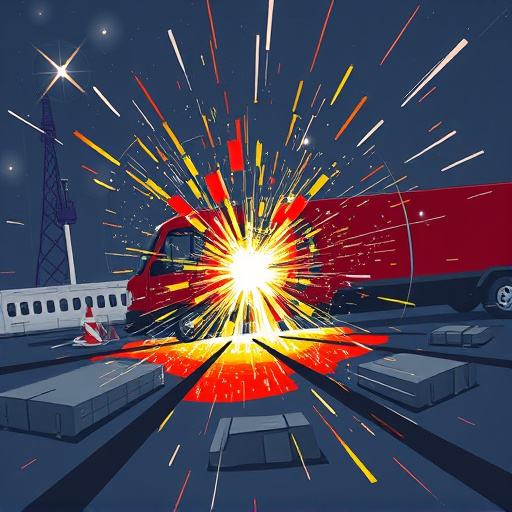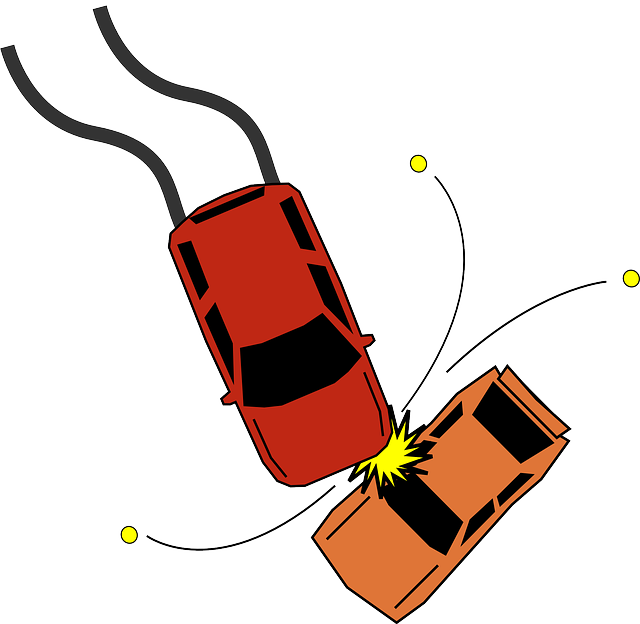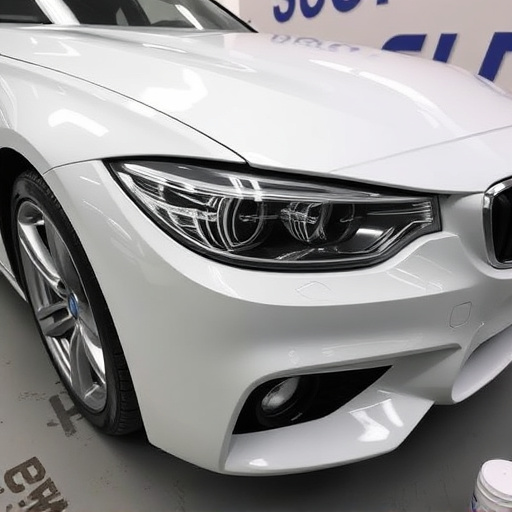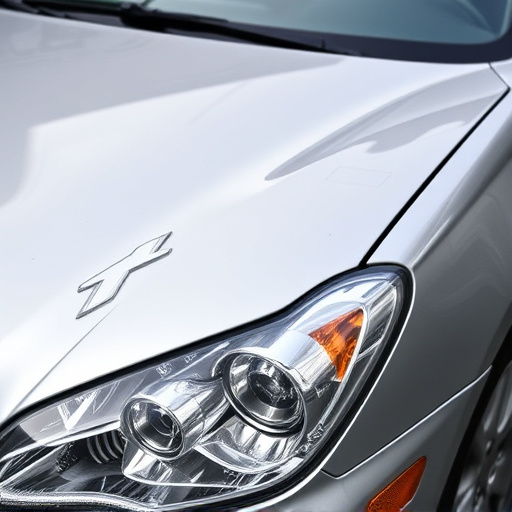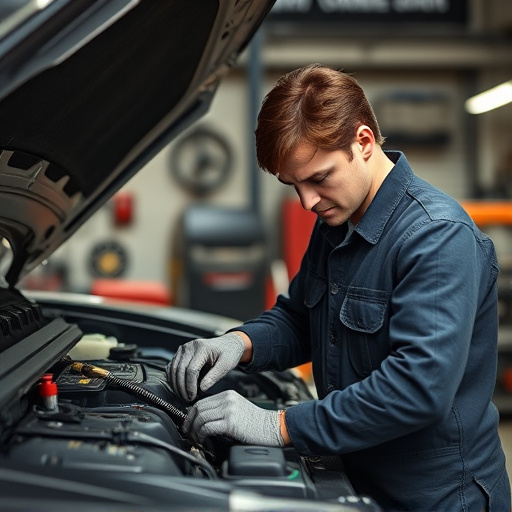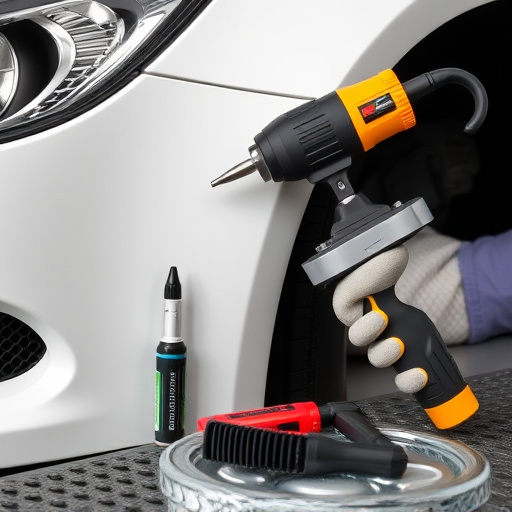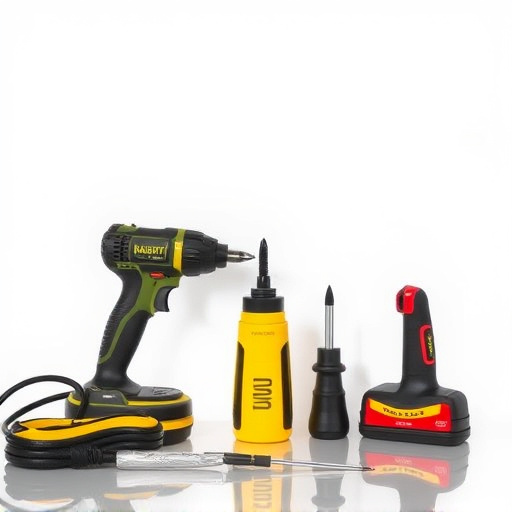Regularly inspect your car's weather stripping for signs of wear like cracks, discoloration, or loss of flexibility, indicating the need for a weather stripping replacement. UV exposure and extreme temperatures can weaken the material, leading to drafts, water intrusion, and interior damage. Promptly addressing these issues through replacement is crucial for maintaining vehicle protection, aesthetic appeal, and functionality, often included in car bodyshop services.
Is your car’s exterior crying out for attention? If you’ve noticed signs of wear and tear on your weather stripping—like cracking, fading, or loose pieces—it might be time for a replacement. This essential component doesn’t just make your vehicle look better; it also improves fuel efficiency, prevents water damage, and enhances cabin comfort. In this article, we’ll guide you through identifying when to replace weather stripping, the benefits of timely action, and tips for choosing the right materials and ensuring proper installation.
- Identifying Wear and Tear: Signs of Aging Weather Stripping
- – Cracking and breaking down of the rubber or plastic material
- – Fading or discoloration indicating sun damage
Identifying Wear and Tear: Signs of Aging Weather Stripping
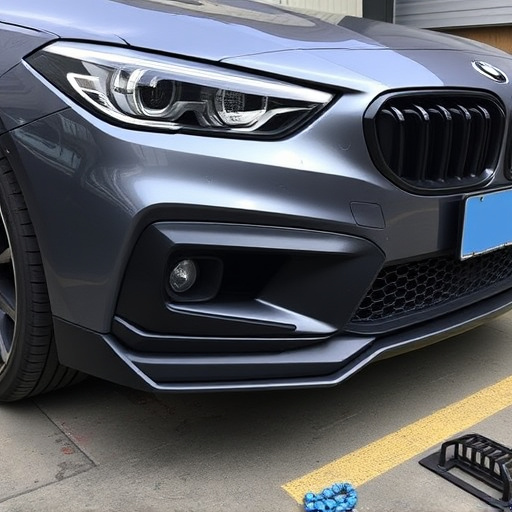
Over time, weather stripping accumulates wear and tear, becoming a sign that it’s time for a weather stripping replacement. This essential component protects your vehicle from the elements, sealing gaps between the doors, windows, and body panels to prevent water intrusion and reduce energy loss. As it ages, you may notice several telltale signs of aging weather stripping. One of the most obvious is visible damage, such as cracks, tears, or holes in the material. This not only compromises its effectiveness but also exposes your car’s interior to potential moisture damage.
Fading, discoloration, and loss of flexibility are other indicators that your weather stripping needs attention. The UV rays from sunlight can break down the material, causing it to lose its elasticity and no longer create a tight seal. In addition, look for signs of rust or corrosion, especially around metal components of the weather stripping. If you notice these issues, it’s crucial to consider visiting a vehicle body shop or an automotive collision repair specialist who can assess the damage and recommend the best course of action, including necessary car damage repair.
– Cracking and breaking down of the rubber or plastic material
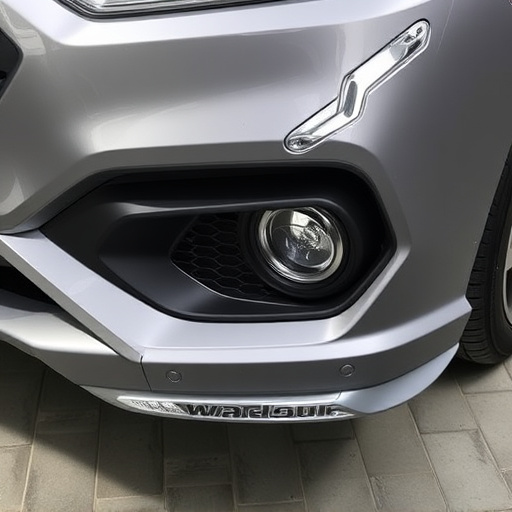
The rubber or plastic weather stripping that lines your car’s doors and windows plays a crucial role in maintaining a tight seal to keep out elements like rain, snow, and wind. Over time, this vital component can crack and break down due to exposure to UV rays, extreme temperatures, and general wear and tear. If you notice any signs of significant damage or cracking, it might be an indication that it’s time for weather stripping replacement. These cracks not only compromise the effectiveness of the sealing system but can also lead to costly auto painting and vehicle bodywork repairs if left unattended.
Regular inspection is key to identifying these issues early on. Cracks that look like shallow grooves or bulges in the weather stripping are red flags. Moreover, if you find that your doors don’t close as smoothly as they used to or there’s visible light seeping through gaps, these could be symptoms of deteriorating weather stripping. Prompt replacement not only ensures optimal vehicle performance but also prevents more extensive car collision repair and maintenance costs down the line.
– Fading or discoloration indicating sun damage
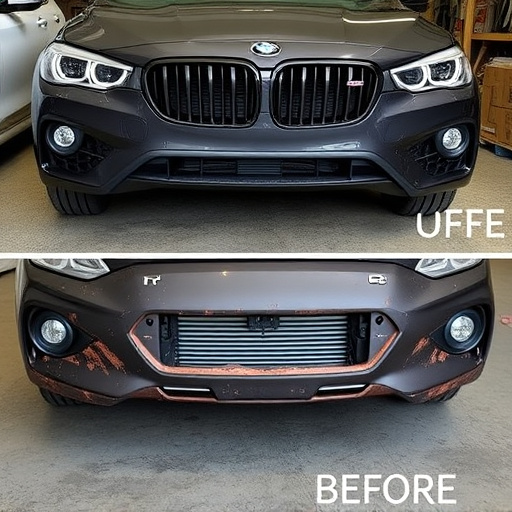
The exterior of your car is constantly exposed to various elements, and one of the first signs that it needs some TLC is fading or discoloration due to sun damage. Over time, the UV rays from the sun can break down the rubber and vinyl weather stripping around your vehicle’s doors and windows. This not only affects its aesthetic appeal but also compromises the sealing ability of these components. If you notice that your car’s weather stripping has lost its original color and looks pale or cracked, it might be time to consider a weather stripping replacement.
Sun-damaged weather stripping can result in more significant issues if left unaddressed. It may lead to drafts, increased noise levels inside the vehicle, and even water infiltration, causing potential damage to the car’s paintwork and interior. Car bodyshop services often include weather stripping replacement as part of their comprehensive car care offerings, ensuring your vehicle looks and performs at its best, protecting it from further sun-related harm.
If your car’s weather stripping exhibits signs of significant wear and tear, such as cracking, breaking, or fading, it’s a clear indication that replacement is long overdue. Regular maintenance, including timely weather stripping replacement, not only enhances the vehicle’s aesthetics but also ensures optimal protection against harsh weather conditions. Don’t overlook these subtle cues; address them promptly to preserve your car’s interior and overall condition. Remember, a simple weather stripping replacement can make a world of difference in keeping your vehicle safe from the elements.
